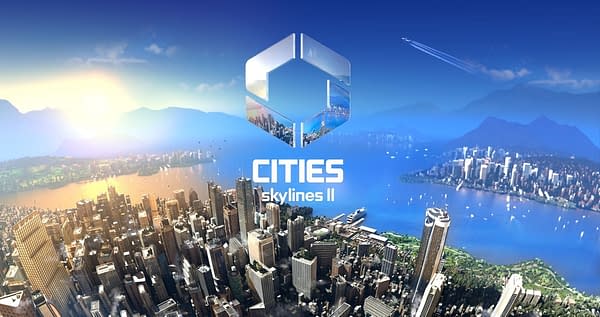Posted in: Games, Paradox Interactive, Video Games | Tagged: cities: skylines, Cities: Skylines II, colossal order
Cities: Skylines II Latest Vid Talks Cargo & Public Transit
Check out the latest trailer for Cities: Skylines II, as the folks at Paradox Interactive get more into the weeds about other transit systems.
Paradox Interactive and developer Colossal Order released a new video for Cities: Skylines II today as they examine cargo transportation and public transit. Yes, that's correct, things have gotta get around somehow, and that's part of the fun lesson you'll learn this time around how the team has made those mechanics work in the sequel to their popular metropolis simulator. Basically, going over how ships, planes, trains, and automobiles will all work in tandem to get everything and everyone where they need to go. We got a snippet of the game's latest blog below, along with the video showing it off.

"An integral part of a city's inner workings is its functioning public transportation system. In a fledgling city, the citizens can be transported by buses and taxis, and as the city grows, you are able to invest in other transportation systems, such as tram and subway networks. Passenger trains can also serve local traffic if you are willing to sacrifice building space for the large train stations. Buses, trains, ships, and airplanes transport passengers between cities bringing new citizens and tourists to your city. Buses use road connections while trains need to be connected between the city and the existing train infrastructure on the map."
"Ships are particularly useful on maps with large open waters connected to the edge of the map, while airplanes connect the city to the rest of the world through an airport. Transportation also includes cargo transport, where companies order resources through delivery trucks and vans. To support the local industries and commercial companies, you can set up cargo lines using trains, ships, and airplanes that in conjunction with trucks keep the industries' wheels turning. Check out the quick overview in the video below before diving into all the details."











